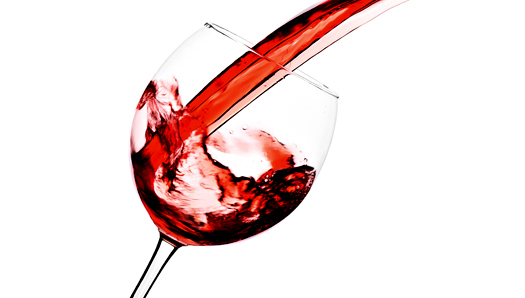There’s something about the hot weather that brings out cravings for rosé. Pink wine is a go-to drink at our place in summer, but it isn’t just a refreshing drink that tastes great straight from the fridge – it matches well with a wide range of warm-weather food.
When considering rosé it’s easy to simply think pink, but, like red and white wines, rosé has a range of styles that vary quite markedly depending on the grapes used and the way the wine is made.
You can generally pick a rosé’s style by its colour – pale indicates a savoury, textural wine while a vibrant pink hints of a slightly bolder, possibly sweeter style.
Here’s why. The juice from most wine grapes is actually clear, so rosé is made by letting the juice of crushed grapes sit for a few hours with their skins, which impart a pink colour. The longer the grapes sit with the skins, the darker the rosé. As much of a grape’s flavour is in its skin, the rosé will also pick up more flavour the longer it sits before being pressed off.
Many rosés are made from grapes purposely grown, but rosé can also be a byproduct of the winemaking process, where winemakers squeeze out some juice from their grapes in order to increase the ratio of skins to juice and impart more tannins into the wine.
Rather than let the juice run down the sink, it gets fermented and bottled as rosé. The technique, known as saignée, is popular with wine made from thin-skinned grapes such as pinot noir, and you’ll often find the word on the label. Saignée wines are often made in small amounts so you’re likely to find them as cellar-door-only releases. Look for them next time you visit a winery.
There’s another way to make rosé – and that’s to mix red wine with white. It’s uncommon with table wines, but de rigueur for many rosé Champagnes when a red wine-based liqueur is added after the yeasty sediment from a second, bottle fermentation is removed.
Look to France for savoury styles from Tavel, the Languedoc and Loire Valley. Spain’s rosados tend to have more guts to them and they’ll stand up to dishes such as paella and a range of tapas.
Closer to home, rosé made from pinot noir in cooler regions such as the Yarra Valley and the Mornington Peninsula will be elegant, rosés made from the savoury Italian grape sangiovese will invariably be, well, savoury. The holy trinity of southern French reds – grenache, mourvèdre and shiraz – are being used to produce delightfully textural, refreshing rosés in warmer regions such as McLaren Vale and the Barossa Valley.







